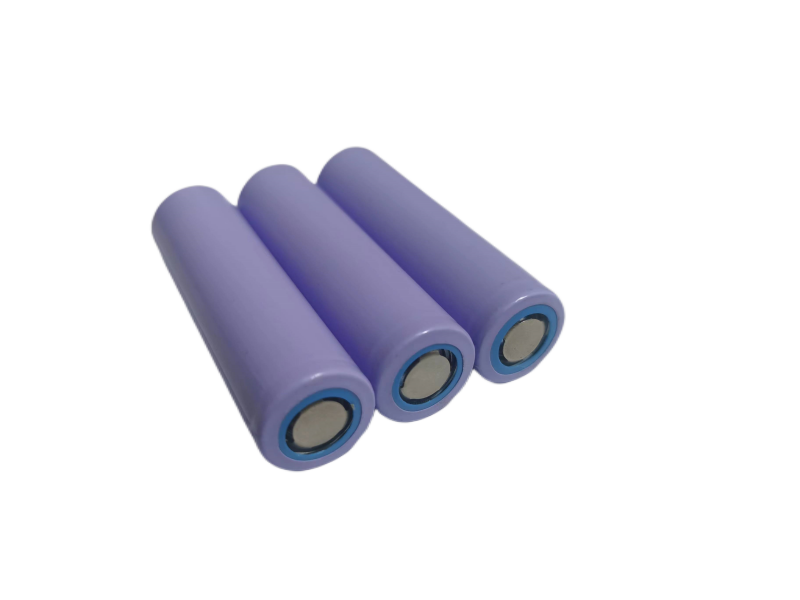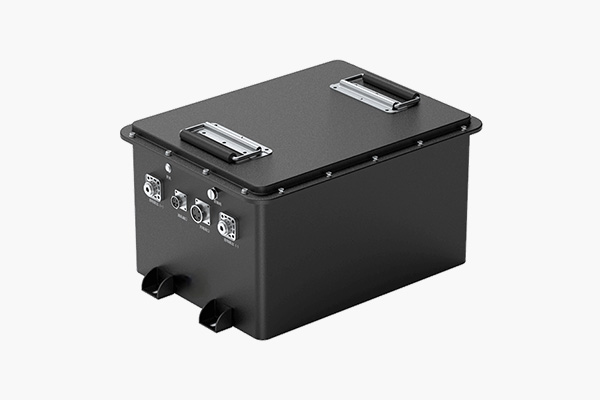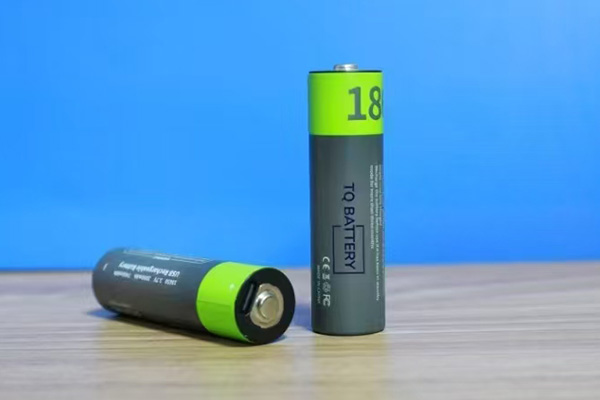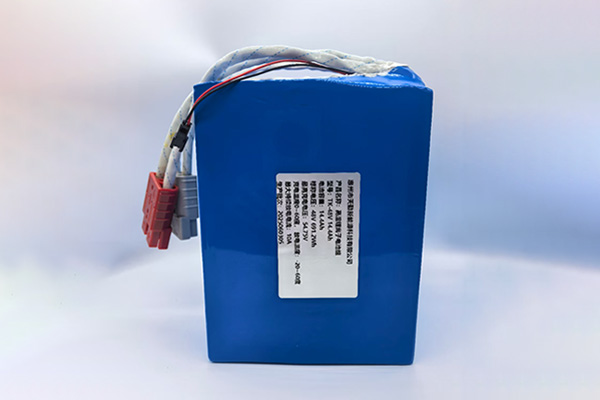Why pure silicon cannot be directly used as the negative electrode material for lithium-ion batteries
1、Huge volume expansion (volume effect):
Root cause of the problem: During lithiation (charging) of silicon, each silicon atom can combine with up to 3.75 lithium ions (forming Li ₁₅ Si ₄), resulting in a volume expansion of approximately 300-400%. During lithium removal (discharge), it will shrink again. This repeated expansion contraction will generate mechanical stress.
Consequences: Silicon particles rupture and pulverize, leading to electrode structure collapse; The active material separates from the current collector, resulting in electrical contact failure; The cycle life sharply decreases (pure silicon electrodes may experience capacity decay after only a few dozen cycles).
2. Irreversible damage of solid electrolyte interface (SEI) film:
Root cause of the problem: Volume expansion causes the SEI film (protective passivation layer) on the silicon surface to repeatedly rupture, exposing new silicon surfaces and continuously reacting with the electrolyte.
Consequence: The electrolyte and lithium ions are irreversibly consumed, resulting in a decrease in Coulombic efficiency. Excessive thickening of SEI film increases interface impedance and reduces battery performance.
3. Low conductivity:
Root cause of the problem: The intrinsic conductivity of silicon is relatively low (about 1 × 10 ⁻³ S/cm), much lower than that of graphite (about 10 ⁴ S/cm).
Consequence: During the charging and discharging process, charge transfer is hindered, resulting in poor rate performance. Additional conductive agents (such as carbon black) need to be added to reduce the energy density of the electrode.
4. Slow lithium diffusion kinetics:
Root cause of the problem: The low diffusion coefficient of lithium ions in silicon (about 10 ⁻¹⁴ cm ²/s) results in slow insertion/extraction of lithium.
Consequence: Severe polarization and decreased capacity utilization during high rate charging and discharging.
Despite the aforementioned issues with pure silicon, its defects can be partially alleviated through the following methods, making silicon-based composite materials a candidate for the next generation of high-capacity negative electrodes:

1. Nanostructured: Preparation of silicon nanoparticles, nanowires, or nanofilms to reduce mechanical stress caused by volume expansion.
2. Composite carbon materials: Composite with graphite, graphene, or carbon nanotubes, utilizing the flexibility and conductivity of carbon to buffer volume changes.
3. Porous/hollow structure: Reserve expansion space, such as porous silicon or hollow silicon spheres.
4. Pre lithiation treatment: compensates for lithium loss caused by SEI formation in the first cycle.
5. Adhesive optimization: Use elastic adhesives (such as polyacrylic acid) to maintain the integrity of the electrode structure.
Pure silicon cannot be directly used as a negative electrode for commercial lithium batteries due to core issues such as uncontrollable volume expansion and unstable SEI film. However, through material engineering and structural design, silicon-based composite materials (such as silicon carbon composite negative electrodes) have gradually become practical and are expected to replace traditional graphite in future high-energy density batteries.













